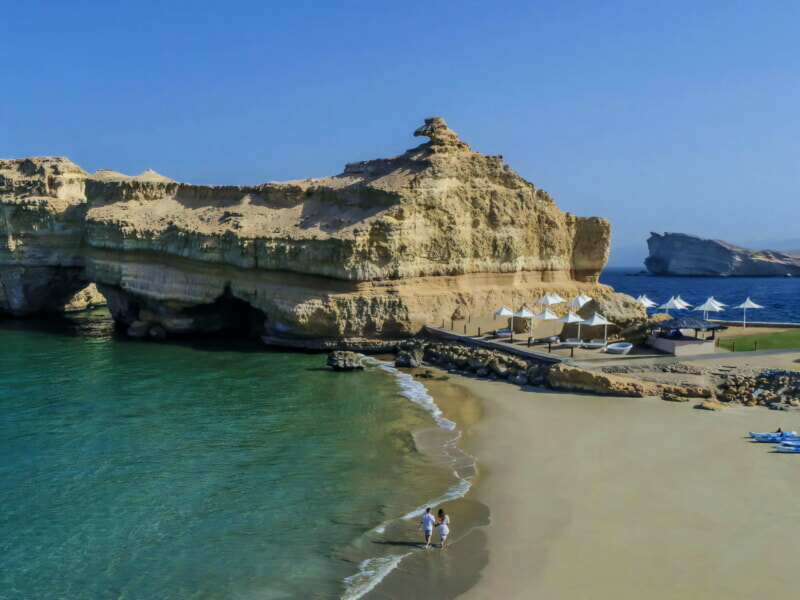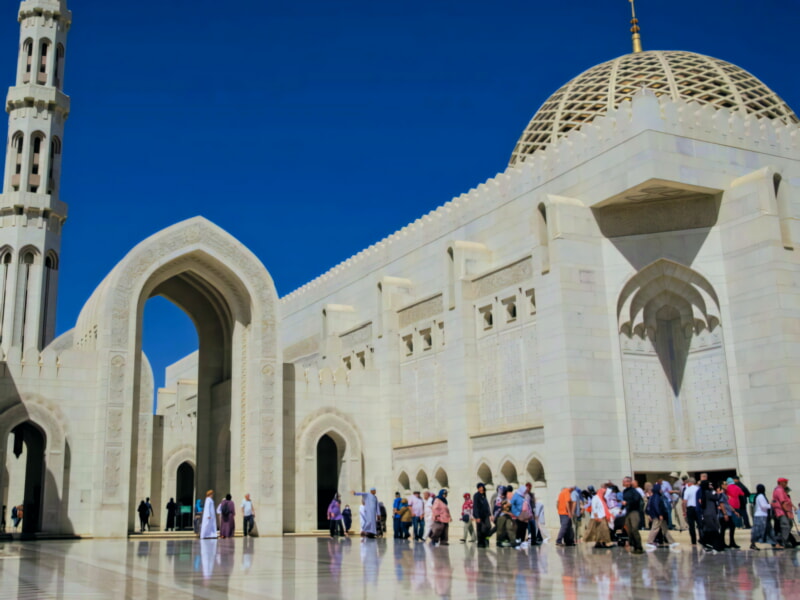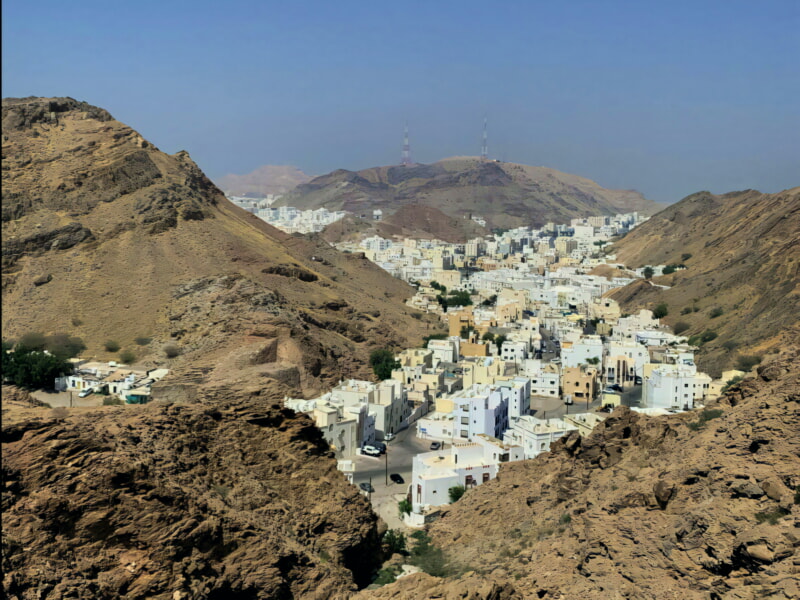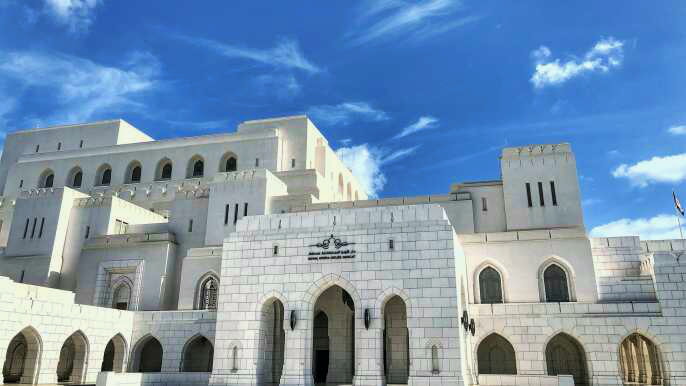Oman is a desert nation that's ripe with adventure, natural beauty and rich cultural history. From the kaleidoscopic souks of Muscat to the cliffside villages of Jebel Akhdar, Oman's land is a source of inspiration.
There are so many places to see in Oman, but we've rounded up the top 10 tourist highlights and offbeat adventures to get you started!
Muscat
Muscat is a beautiful capital city that has a lot to offer visitors. It's surrounded by mountains and dotted with old forts, museums, an opera house and flower-filled parks.
One of the best things to do in Muscat is to visit Bayt Al Zubair, a museum that showcases Omani culture. This private museum is a great place to learn about the history of Oman and you can also see relics and ruins from their past.
Another good place to go is Muttrah Souq, this is a popular shopping area where you can buy all sorts of goods like clothes, fabric, household items and that quintessentially Omani item: frankincense.
The Sultan Qaboos Grand Mosque is another popular attraction that is worth a visit. It has marble courtyards and a prayer hall topped with a golden dome. It is a must-visit for all visitors to Oman.

Salalah
Salalah is a colourful, subtropical city that owes much of its character to Oman's former East African territories. Its cool weather, stunning landscape framed by beaches and coconut trees, and UNESCO World Heritage sites make it the perfect destination for year-round travel.
The best places to visit in Salalah include the majestic mountains, exotic beaches, peculiar species of flora and fauna, breathtaking deserts, enticing archeological sites, mesmerizing mosques, and exquisite souqs. There are also several excavations underway to uncover the city's rich history and a succession of civilizations that have risen and fallen throughout the years.
The best time to visit Salalah is during the Khareef season (June-August) when this enchanting oasis turns into a full-on jungle paradise complete with pop-up waterfalls and streams. Other attractions to consider include Jebel Shams, where you can hike down a 500-meter canyon and see some of the most incredible scenery in Oman. And if you're into water, you can take a dip in the sinkhole at Jebel Ittin.

Jebel Akhdar
Jebel Akhdar, the Green Mountains, is a region that encompasses the Sayq Plateau at 2000m above sea level. Often overlooked, a journey to Jebel Akhdar offers sweeping views in every direction and glimpses of authentic Omani villages.
The mountain receives enough precipitation to support fruit orchards, pomegranates, apricots and walnut cultivation. It is also home to rose-water distilleries and small traditional villages.
To visit this area you need a 4-wheel drive vehicle (and a road permit due to military installations in the area). This is one of Oman's most scenic areas and a must-visit for all who love the outdoors.
Escape to cool mountain climes two hours' drive inland from Muscat, at Anantara Al Jabal Al Akhdar Resort. Elevated luxury reveals dramatic canyon views from the cliff pool villas, while Omani spa and hammam rituals help you unwind.

Jabel Akhtar
Jabel Akhtar, or the Green Mountain, is a rugged mountain range near Nizwa. It is also renowned for its Damask roses that cover the mountain slopes in swaths of pink throughout April and May.
The mountain range has a rich agricultural heritage and is dotted with Omani villages. Villagers grow a variety of fruits here including pomegranates and grapes.
Hiking trails are available along the mountain and you can take an escorted hike through the local villages. You can also explore the ruins of forts and temples.
There are many interesting and offbeat adventure options in the Al Hajar region – such as rock climbing, cave exploration, and rapelling. The Tufa Waterfalls, which are formed by calcite that has deposited on the limestone formations, are another highlight.
The best time to visit Oman is between December and February, when the weather is pleasantly warm but not too hot. This is the ideal time to see turtles at Ras al Jinz and Jebel Akhdar, but be sure to avoid the Wahiba Sands in winter as it can be very cold.

